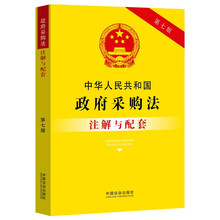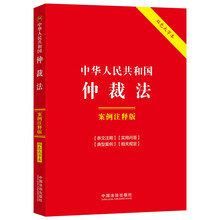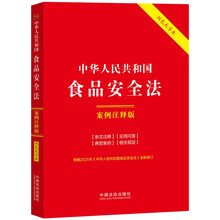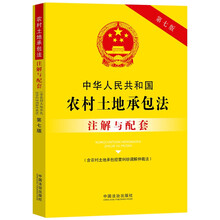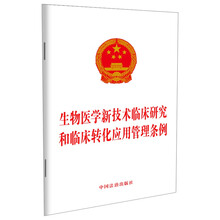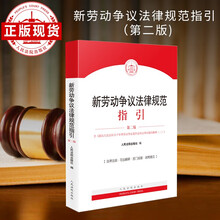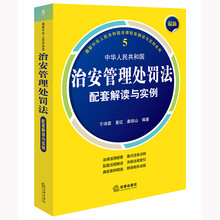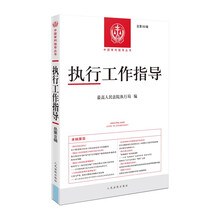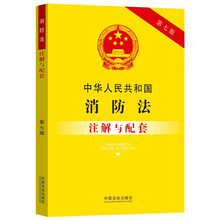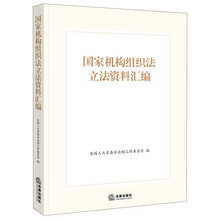SPECIAL PLENARY MEETING OF THE CONFERENCE HELD TOMARK THE ENTRY INTO FORCE OF THE PROTOCOL ON EXPLOSWEREMNANTS OF WAR (PROTOCOL V)
1. The PRESIDENT pointed out that on 12 May 2006, Switzerland and Liechtenstein had deposited the nineteenth and twentieth instruments of ratification of Protocol V on explosive remnants of war, and that since the stipulated period of six months had now passed, the Protocol had entered into force. In the interim, 26 States had notified the depositary of their consent to be bound by the Protocol : Albania, Bulgaria, Croatia, the Czech Republic, Denmark, El Salvador, Finland, France, Germany, the Holy See, India, Ireland, Liberia, Liechtenstein, Lithuania, Luxembourg, Malta, the Netherlands, Nicaragua, Norway, Sierra Leone, Slovakia, Sweden, Switzerland, Tajikistan and Ukraine.
2. Protocol V should constitute a source of hope for all those who were in daily danger from explosive remnants of war and the most dangerous of them, submunitions. In that regard the Protocol lay down the polluter-pays principle and also established rules for making munitions more reliable , though ultimately all would depend on the way in which the instrument was implemented. In that respect, there was much to be done to coordinate clearance efforts with those carried out under other arrangements, hence the importance of universal accession to the Protocol. He trusted that the draft decision on the universalization of the Convention and the Protocols annexed thereto and the draft decision relating to the sponsorship program me, which were to be presented to the Conference for approval, would make a contribution in that direction . The delegations would also be called on to take a decision on existing and future proposals concerning the problem of explosive remnants of war and submunitions, for which Protocol V marked the beginning of a solution. The States parties to Protocol V, aware of the urgency of those problems, had already decided to hold an informal meeting in order to get down to work without delay.
3. At the invitation of the President, Mr, TANAKA ( United Nations Under-Secretary-General for Disarmament Affairs) read out a message addressed by the Secretary-General of the United Nations to the States parties on the occasion of the entry into force of Protocol V. In his message, the Secretary-General, noting that the consequences of wars persisted long after the cessation of hostilities as a result of the fact that explosive ordnance which had been abandoned in the field or remained in place because it had not exploded continued to threaten civilians and military personnel for decades, paid tribute to the firm resolve of the States parties to the Convention to fight the humanitarian impact of such explosive remnants, in particular the 26 States which had declared their consent to be bound by Protocol V . He pointed out that the entry into force of a legal instrument, however praiseworthy it might be, was only the beginning of a long series of actions. The States parties to the Protocol would now be responsible for ensuring its implementation. They would have to overcome many difficulties, and they would have to strongly support the removal and destruction of explosive remnants of war by integrating those activities into mine action programmes, to mobilize resources, to share experience and information and to cooperate closely with other States .
4. The Secretary-General urged those States that had not yet done so to declare their consent to be bound by Protocol V and, in the meantime, to apply its provisions voluntarily and take all necessary measures to protect the civilian population and humanitarian personnel from the horrendous effects of explosive remnants of war.
5. The Secretary-General was very busy and had been unable to come to Geneva himself on the occasion of the entry into force of Protocol V, but that in no way lessened his firm commitment to the solution of all issues relating to disarmament and non-proliferation.
6. The PRESIDENT said he believed he was expressing the general sentiment in requesting the Under-Secretary-General for Disarmament Affairs to convey to the United Nations Secretary-General the appreciation of the States parties to the Convention for his message.
7. Mr. SOMMARUGA ( President of the Council of the Geneva International Centre for Humanitarian Demining), welcoming the entry into force of Protocol V on explosive remnants of war, called on the States parties to the instrument to display all the political firmness required to achieve the priority goal of the Protocol, which was to protect the civilian population following armed conflicts. He expressed the hope that it would soon be possible to mark the entry into force of a new legal instrument effectively addressing the problem of cluster munitions.
8. Now that Protocol V had entered into force, the States parties would have to study how best to implement it. To that end, the Geneva International Centre for Humanitarian Demining could put its technical know-how, its advice and especially its instruments at their disposal. In particular, it could, drawing on its experience with mine action standards, methods and techniques, extend its information management software, IMSMA, more systematically to all matters relating to explosive remnants of war. In general, the Centre would continue to provide independent technical inputs and direct support to international efforts to minimize suffering caused by the weapons or explosive remnants of war covered by the Convention on Certain Conventional Weapons and the Protocols annexed thereto. He noted that the sponsorship program me to be agreed by the States parties to the Convention at the present Review Conference, which was to be implemented by the Centre, would in itself constitute a very valuable instrument to ensure that representatives of countries affected by the problem of explosive remnants of war participated in the work of the States parties. The Centre would do its utmost to provide the States parties to the Convention with any help they might need in assisting the civilian populations affected by explosive remnants of war.
……
展开

